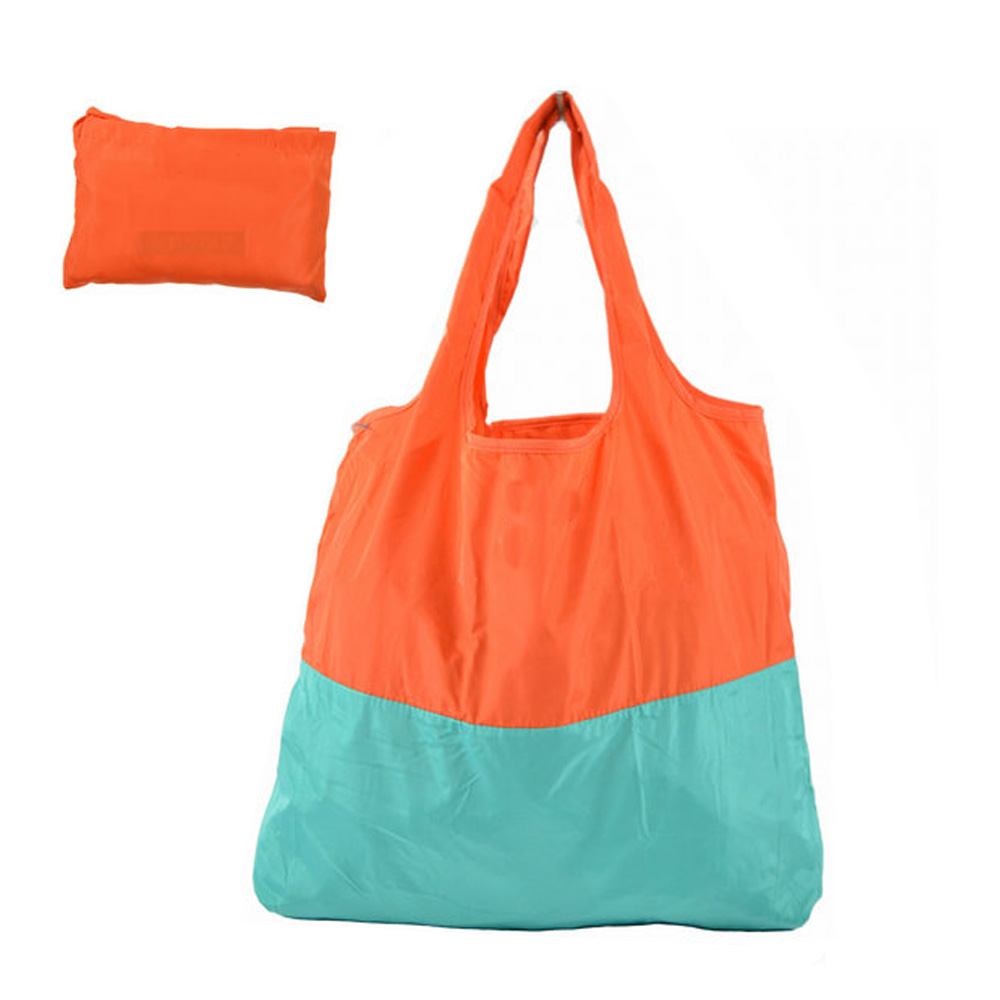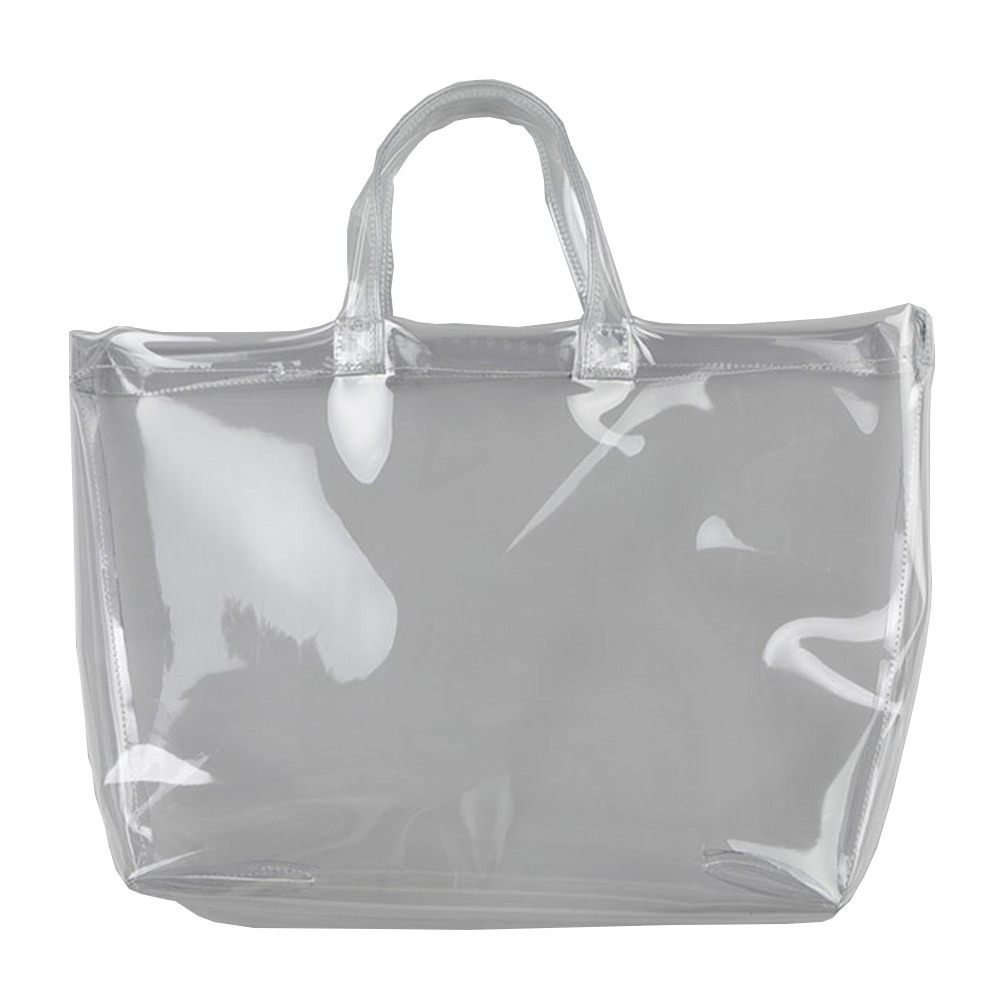In order to meet the needs of various levels of product packaging, atmospheric pressure transfer packaging printing nameplate products in the dial, appliances, dials, panels, automotive, machinery and other industrial applications are increasingly maturing. After long-term production practice, the author has formed a variety of stereotyped process technologies. These products must not only take into account the scientific nature of the nominal and the timeliness of the face decoration art, but also take into account the practicality and economics of different commodities, and are closely related to the constant expansion of the basic materials and technological means (screens). The continuous improvement of printing, rotogravure printing, lithographic/paper, synthetic paper, plastics, metal foils, etc., strives to make the product production process easier, while enabling it to continue to reduce costs while improving its product quality. . Now we will talk about the following technical points on the production methods of its soft (paper, plastic, etc.) nameplates. We sincerely hope that colleagues in the packaging and printing industry will make criticism and suggestions. First, the process points 1 Design (1) Layout specifications → plate making/slightly graphic version (enhancement layer) → blanking I/paper or plastic sheet → printing enhancement layer coating/slightly large text version → air drying or drying/standby ; 2 design (b) according to product requirements → plate / graphic version → adjust the ink / print positioning → dry or dry stand-by; 3 design (c) according to one or two specifications → plate / adhesive layer plate → adjust the rubber / adhesive layer coating → printing → open or drying / stand-by; 4 Design (4) Design (1) Blanking → Bonding/Printing & Anti-sticking Material → Cutting II/ Finished Product Slicing → Packaging Storage/For Sale. Note: I is a graphic carrier; II is a graphic protection film affixed to the carrier. In order to achieve the transfer effect, we use screen printing, gravure printing or lithography. In addition to the enhancement layer is slightly larger than the graphic 0.5-1mm specification, the accuracy of each printing process should not exceed 0 .1-0.2mm. Otherwise, to ensure the product quality of the product, expanding the scope of application of nameplates for flexible packaging will become empty talk. In this regard, the author describes in detail the production process of atmospheric pressure transfer product packaging and printing products to achieve high value-added scientific and economical practicality to improve the printing quality. Second, examples of screen printing or gravure printing process 1 printing media: paper or polyester, poly nameplate schematic B, polypropylene materials. Operating procedures: remove dust, so as not to affect the coating printing silk screen or gravure to enhance the ink layer and to avoid the graphics without bright gloss; coating method / spray or wipe the liquid de-bonding agent, in order to facilitate the uniform and uniform waterproof coating, Anti-solvent and anti-acid-base immersion, especially the effect of stripping transfer (the authenticity rate is 95-100%). In the preparation, as thick and small viscosity but the shorter the better the wire, especially not clear with the ink (should be slightly sticky); formula design: thermoplastic resin liquid 25-30%, 107 glue 68-72% , Thickener 2-50%, Antioxidant 0-50%, Total: 100%. The above was stirred to a milky ready-to-use antioxidant reinforced layer coating. At the same time, it should be noted that after the thermoplastic resin fluid is too little, its reinforcing layer is easy to drown and shrink into a pinhole or the printed edge becomes a sawtooth shape. On the contrary, after the excess of the thermoplastic resin liquid, the rubber material is slightly acidic and rainy, and it is not easy to control the consistency of the thick film of the screen printing or the gravure reinforcement coating layer, and secondly, it directly affects the authenticity rate of the atmospheric pressure transfer. This is the key to the technology. . Based on this, we strive to achieve a slightly greater enhancement layer than the 0.5-1mm image. 3 printing ink, thermoplastic resin as the link material screen or gravure printing ink is better. Operational procedures: During the printing process, the bottom-leakage (whitening) phenomenon can be avoided as much as possible. We know that leaking bottom faults are caused by insufficient pressure or excessive pressure. Sometimes coarse ink particles can also cause a poor density difference. The emergence of such failures often determines the success or failure of the transfer. That is to say, when the adhesive coating is printed, it is very easy to infiltrate or directly puncture the ink bite into the reinforcing layer or the carrier, seriously hindering or destroying the graphic ink film, so it should be regarded as the key point of the technology. 4 cover white (can also be yellow, etc.), the so-called protective layer, the higher the better the coverage, the ink is not yellow or gray. It is the scientific nature of the technology to use the same properties and properties as the ink. Operational procedures: The purpose of the cover is simple: first, increase the density of screen printing or gravure printing graphics to achieve high quality. The high-price packaging and printing nameplate products; the second is to improve the resolution of the ink and silk screen layer of the adhesive layer or gravure smooth (mirror) degree to facilitate the smooth progress of the next process and use after the printing cover white. 5 Adhesive layer for the purpose of achieving adhesiveness of the screen or gravure transfer object. Operating procedures: The use of unsaturated adhesive layer, should be aimed at its oil, viscosity, silk, etc. to prevent silkscreen or gravure effect, generally should be selected in the following order to make the necessary dilution adjustment: Ethanol-isopropanol-n-butyl After the alcohol, cyclohexanone, and the like were selected, the adhesive was put into the mixture. The length of the diluted rubber material and the order of drying were: ethanol, isopropanol, and n-butanol. Cyclohexanone and so on. Sometimes adding mineral oils can improve its plasticity. Generally, it should be grasped that the material can not be dissolved with the white coating. In addition, during the process of printing the adhesive layer, we must pay attention not only to overcoating but also not leaking the bottom. Otherwise, it is not difficult to transfer completely, that is, it is difficult to transfer to the place where the product is packaged. At the same time, the adhesion fastness to the adhesive layer is a key technology in the printing process. The author in the study of atmospheric pressure transfer and packaging printing product structure, that the addition of different tackifiers is an effective measure to improve the success of the adhesive layer. In other words, different flexible packaging printing nameplates need to use different tackifiers, otherwise it will not be able to satisfy the user's transfer technology operation. For example, we can add non-polar polymers to the transfer (adhesion) requirements by adding poly(allyl) proene resin or dimercaptobenzoate ester. For this reason, I think this is the key to technology. 6 anti-stick coating and carrier, outlined. As a release layer, whether it is paper, or plastic and its carrier is equivalent to the completion of the paste and the packaging of the printing and packaging specifications of the product package, the cutting, cutting, margin requirements, whether it is a single picture or It is a graphic trademark of multi-color imposition silk screen or gravure printing. The ultimate goal is to achieve a technical standard by trying to make the anti-adhesive layer smoothly and quickly and not sticky, or to remove the graphic ink film. In the atmospheric pressure transfer packaging printing nameplate, according to the characteristics and characteristics of the product, one has light weight, low cost and high work efficiency. Wear resistance is not easy to corrode, processing is easy and the paper can be transferred on non-flat body. Plastics, aluminum, or synthetic materials will spring up like people in front of people!
Shopping Bags are
obviously for shopping. People pursuit of low carbon and low pollution lifestyle
in today's society, shopping bags are in increasing demand. In view of the
amount of pollution caused, environmentally-friendly shopping bags are now widely
used.
Shopping bags on
the market are mainly plastic, non-woven, paper, cotton and linen shopping bags,
etc.
Olinb Bags are a manufacturer who specialize in making
custom bags, attaching a label for you.
To avoid any bad feedback about quality
from buyers, it is guaranteed that all of our bags will be well made
and 100% checked before delivery. If any issue on quality, replacement will be sent to you for free.
Olinb Bags' products will give you an edge
over your competitors.
2 Reinforcing layer coating preparation example: PH of the compound is about 6.5.
Source: Internet 


Shopping Bags
Shopping Bags,Fashion Shopping Bags,Canvas Shopping Bags,Fabric Tote Bags
Shenzhen Olinb Bags Co., Ltd. , http://www.szolinbbags.com